When we left the car park near Bedruthan Steps and Mum told us we were then heading for the south coast of Cornwall, I thought it was going to be a long journey and so I settled back to enjoy the ride. But, to my surprise, Cornwall is quite narrow at this point and so it’s only about 19 miles/30 kilometres by road from north to south – and even less as the crow flies.

However, it was still far enough for Mum to be able to tell us a bit about St Austell and its history as we went along. She started by saying that it was a very old settlement, named after Austol, a Welsh holy man.

Together with another Welsh holy man called Mewan, he came to Cornwall in the 6th century AD and built a church around which the settlement grew, while Mewan also built a church around which the nearby settlement of St Mewan developed.
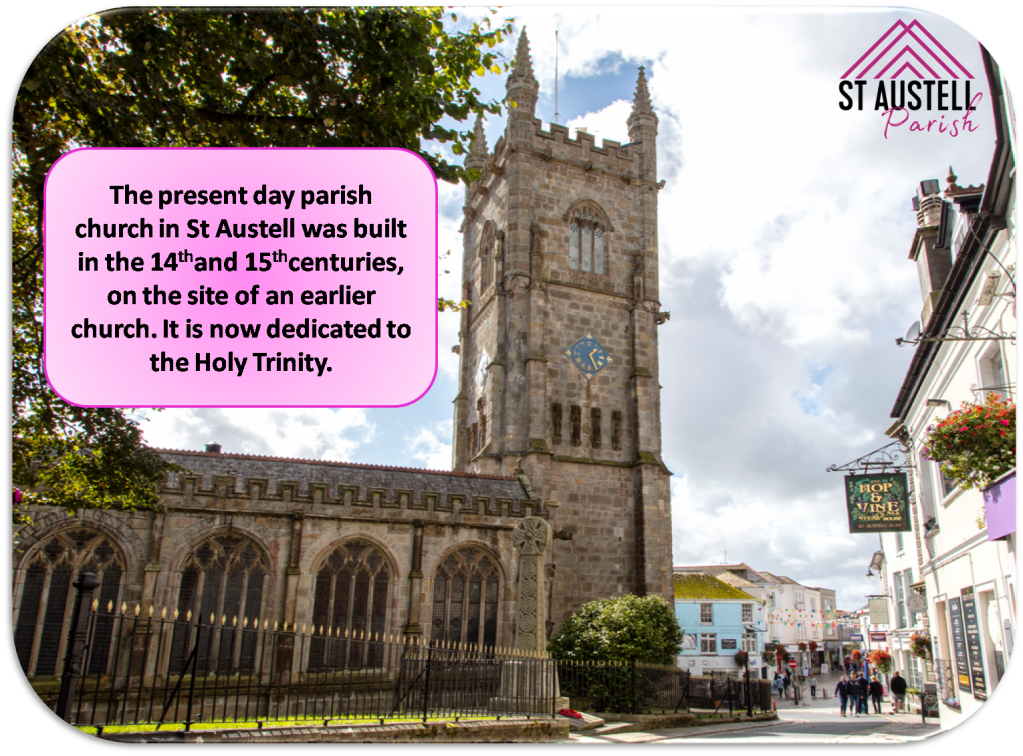
Both men went on to spend much of their time in Brittany and both became saints after their deaths.
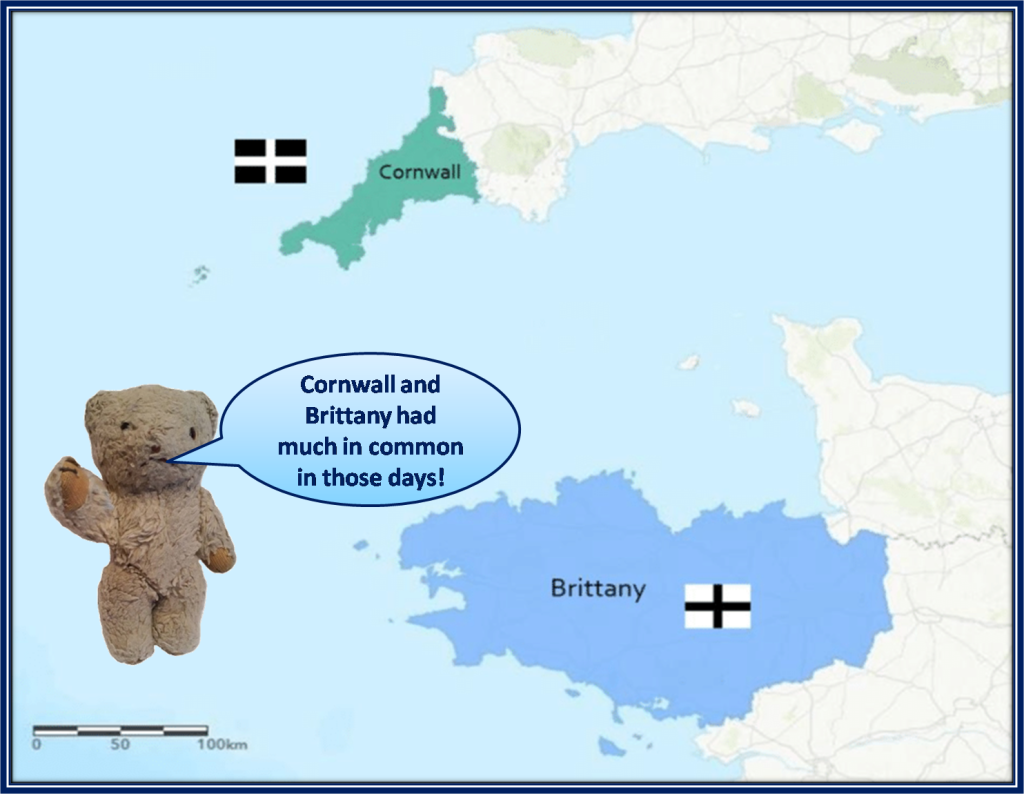
But although there is a manuscript in the Vatican dating back to the 10th century and listing the parish saints of Cornwall, including St Austell, the village itself is not mentioned in the Domesday Book, compiled in 1086.
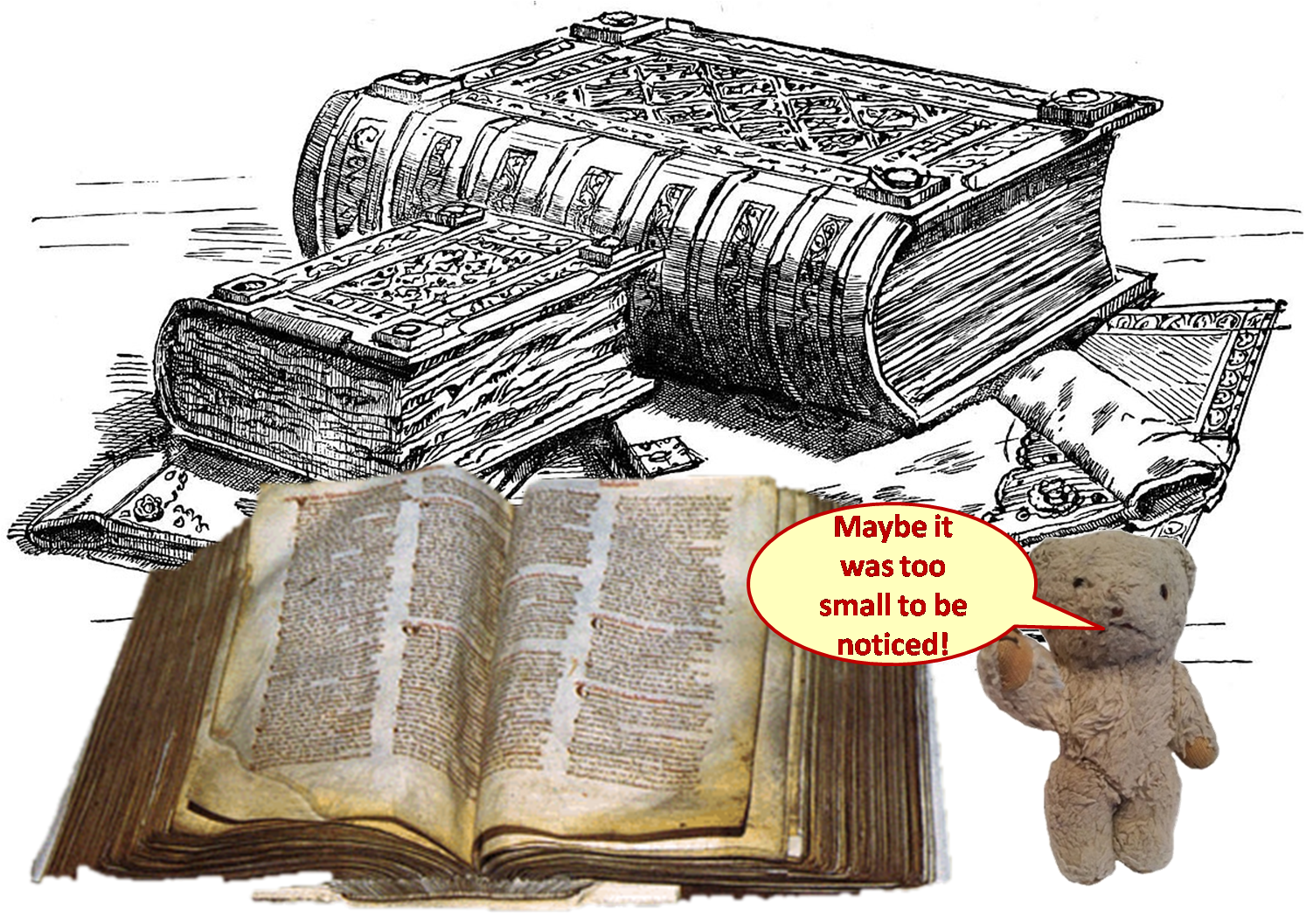

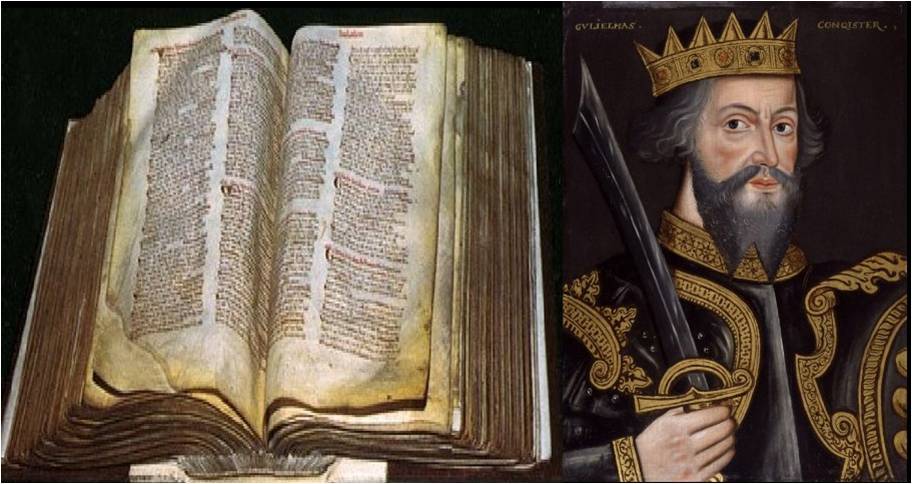
However, by the middle of the 17th century St Austell was important enough for Oliver Cromwell (Lord Protector of England from 1653 to 1658) to grant it a charter to hold a weekly market on a Friday in gratitude to a local Gentleman who had fought for the Parliamentarians at the nearby Battle of Braddock Down on January 19th 1643, when the Parliamentarian forces were heavily defeated by the Royalist forces.






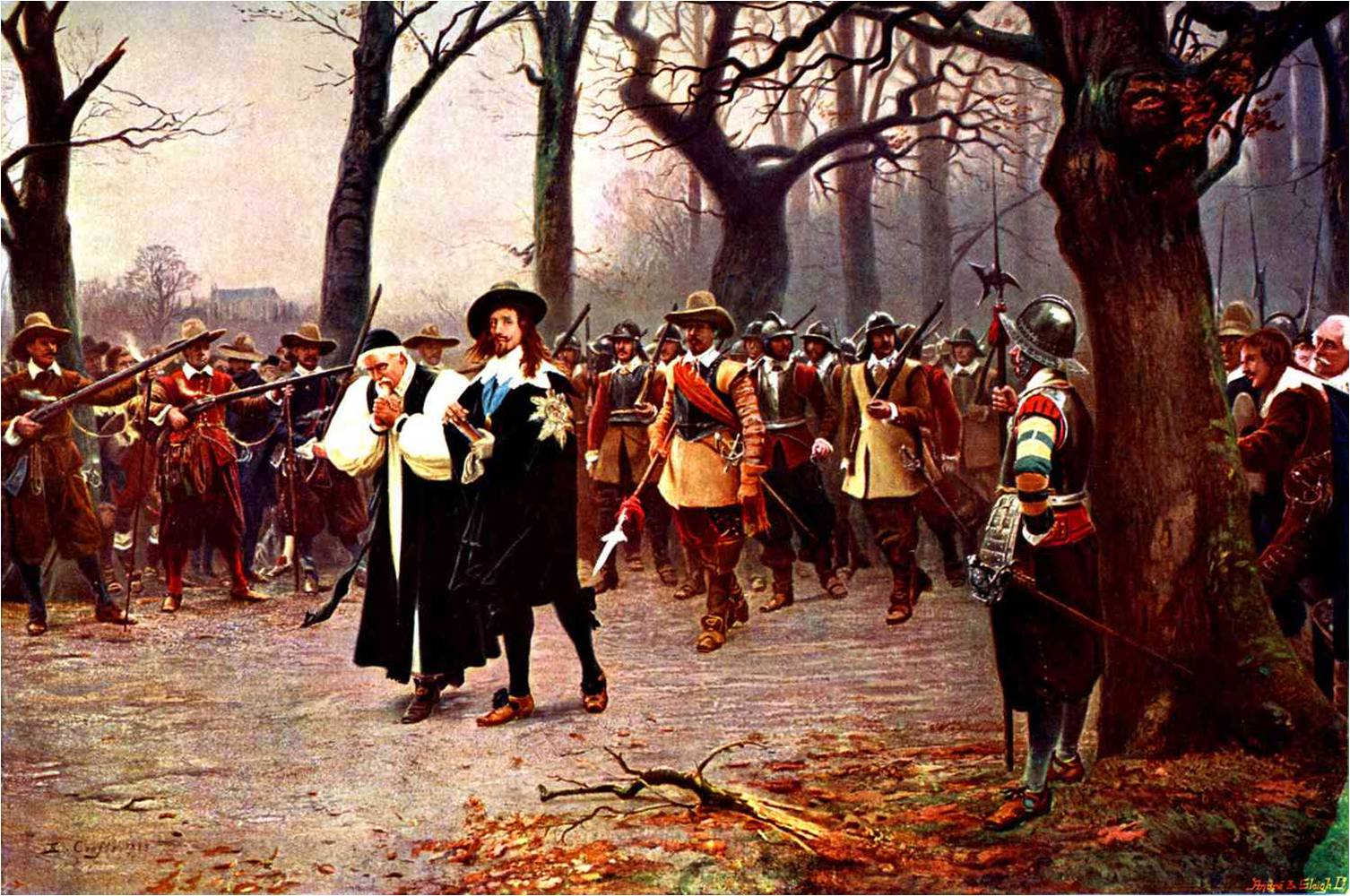
Then Mum went on to tell us that it was the 18th century before St Austell really began to grow into a town of any size. This was largely thanks to the success of the nearby Polgooth Mine which at that time became known as “The Greatest Tin Mine In The World” and by 1800 had over 1000 employees.
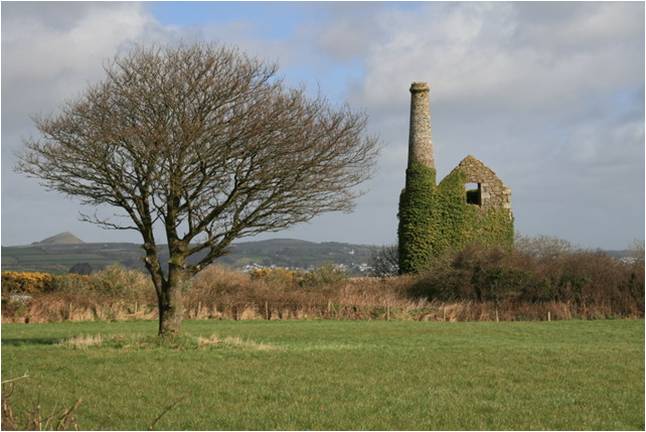
Then, partway through the 18th century, William Cookworthy, a Quaker and a chemist from Plymouth, made a discovery that would bring even more people – and wealth – to the area.

Up to that point, all the best porcelain in Britain had to be imported from China as no one in Britain knew how to make it. But in 1746 William Cookworthy discovered the “secret ingredient” which was a mineral called kaolin or china clay. This was plentiful in Cornwall, especially around St Austell, and soon a new industry developed to extract the china clay from the ground via deep pits and quarries.
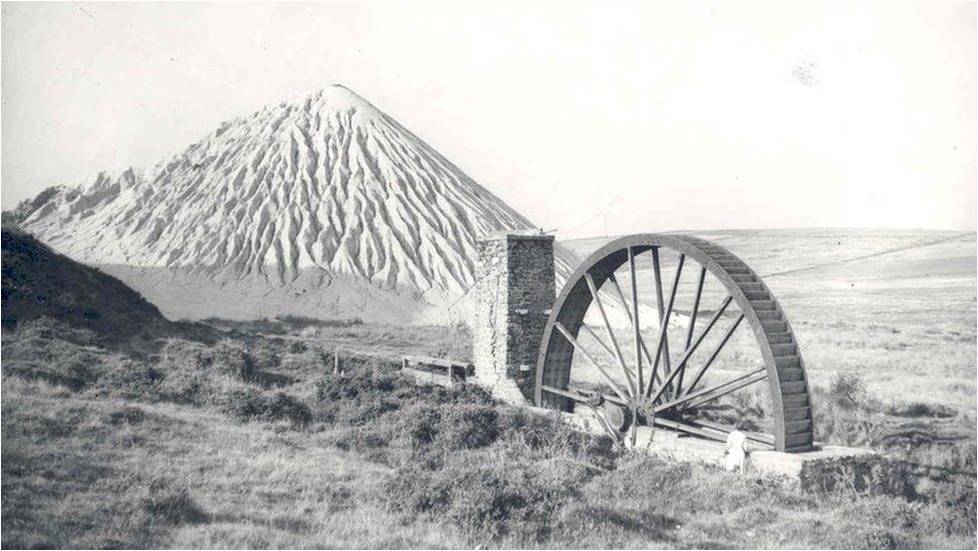



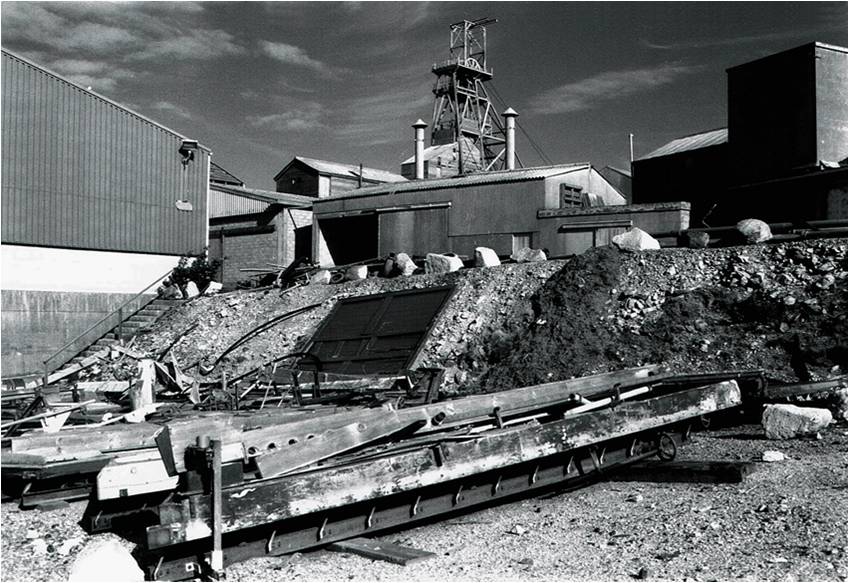
In 1768 William Cookworthy patented his formula for making hard paste porcelain, using china clay, and set up a pottery in Plymouth, which later moved to Bristol…


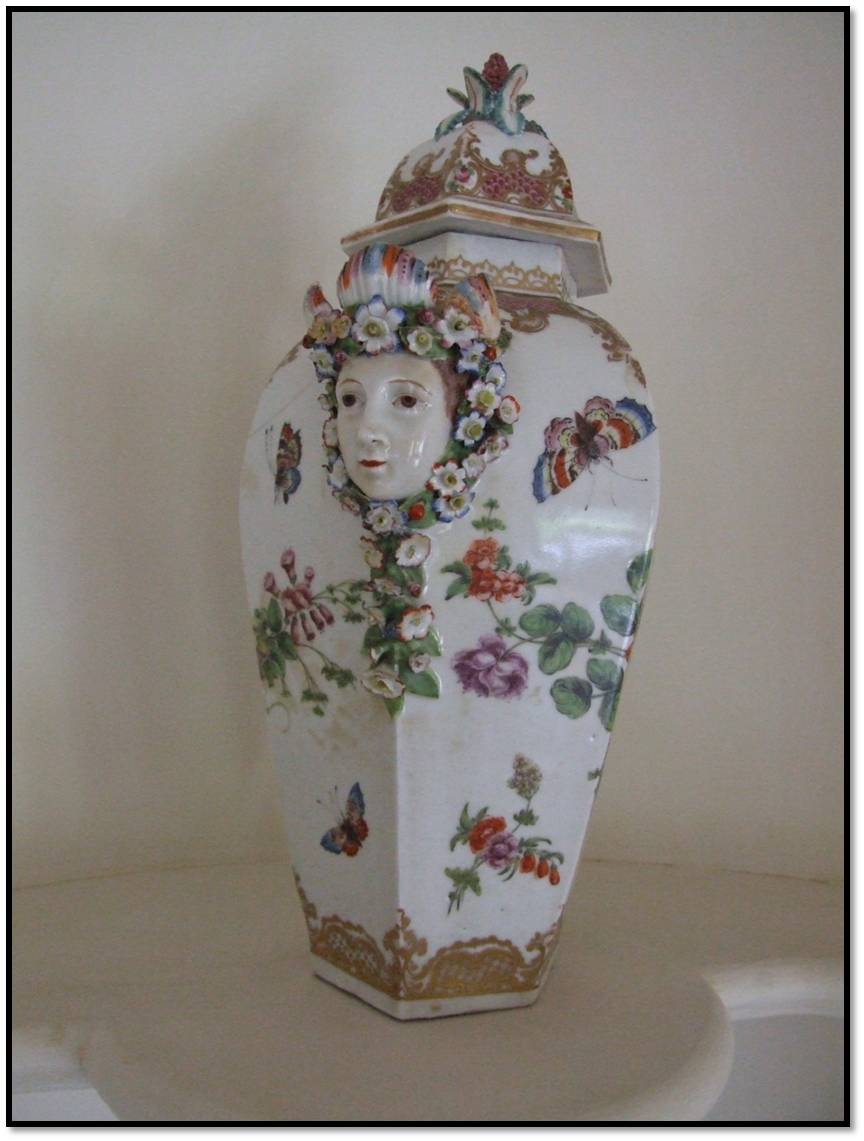




…and in 1972 The William Cookworthy Museum was opened in Kingsbridge, Devon, where he’d been born.






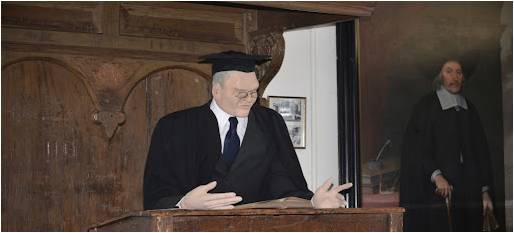
And it was soon discovered that china clay had many other uses, apart from making fine porcelain and ceramics. Over the years, these have included paper-making, paint, pharmaceutical products, cosmetics and toothpaste – and it’s estimated that around 170,000,000 tons/154,000,000 tonnes of china clay have been extracted from deposits in Cornwall over the last 250 years.

Mum then said that in 1975 a china clay museum had been established at nearby Wheal Martyn where china clay had been extracted since the 1820s.
I quite liked the sound of that and, as we neared St Austell, I was hoping that that was one of the places we were going to.

But Mum had a big surprise for me. Though we got to St Austell…
…she said we weren’t going to stop. Instead we were going a few more miles down the road to another place with historical connections to the china clay industry.

I’ll tell you about that in my next post, however, as it’s now time for me to help Mum make tea. So, take care, stay safe – and look out for some more tales from me soon.
Please follow my next blog: 304. LOOKING AHEAD
21/02/2024
